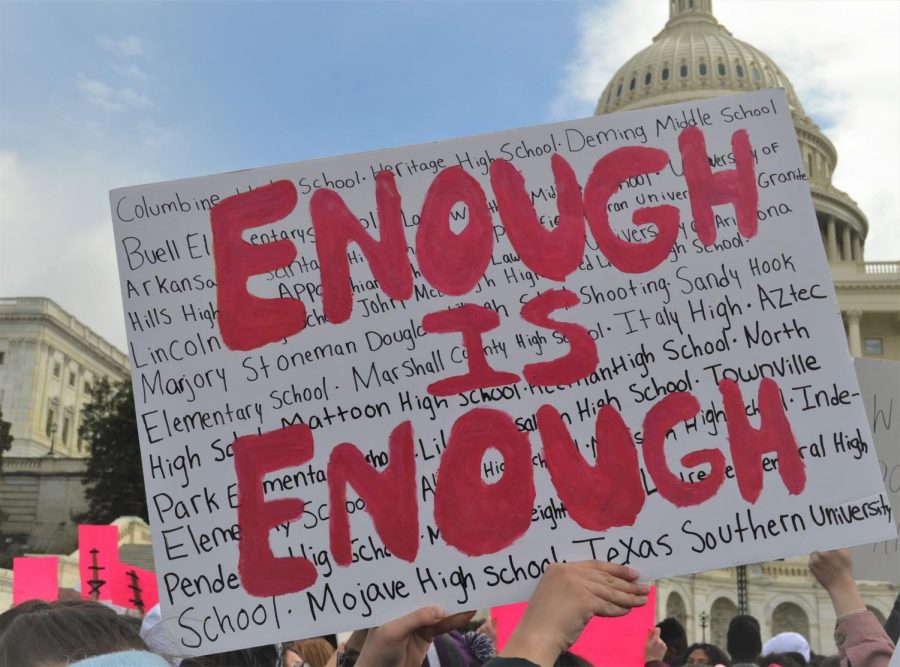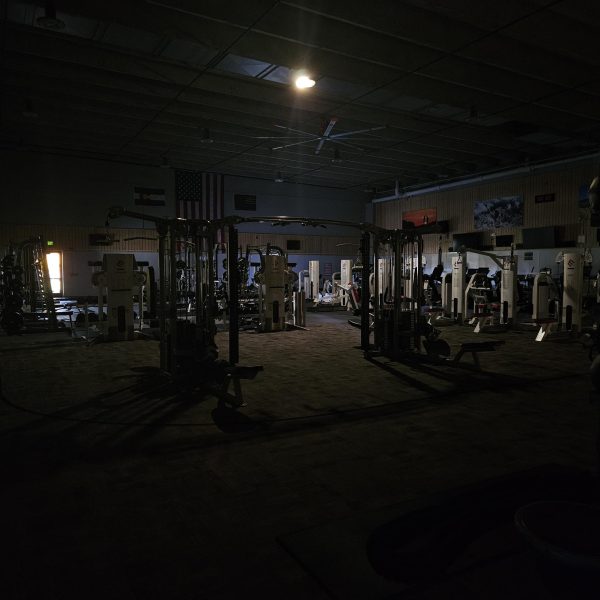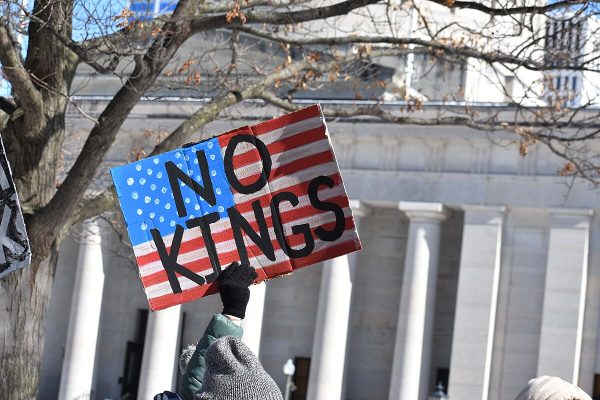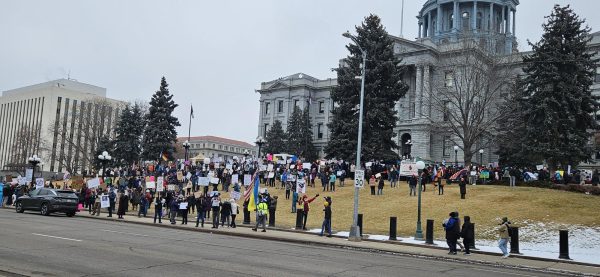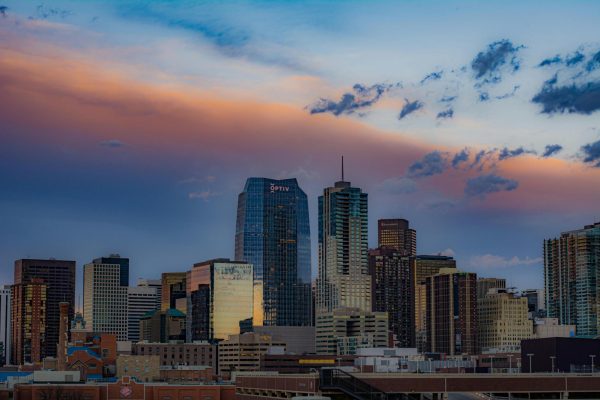On Any Given Day
Editor’s note: This article ran as: The Columbine Effect – Originally published May 2, 2019. Following the shooting in Boulder, Colorado, on March 22, 2021, we at The Arapahoe Pinnacle are choosing to rerun this classic.
Apr. 20, 2019 marks twenty years since Columbine High School in Littleton Colo. suffered a bloody mass shooting at the hands of two of its students. Since then a plethora of other schools have been ravaged by similar events. After two decades of growth and development, has the education system done enough to prevent events like this from happening again? That doesn’t seem to be the case.
While school shootings have happened prior to 1999, those instances were small. They usually involved one hand gun and a person who felt wronged. Columbine’s attack was cold and complex; calculated to kill as many students as possible in the shortest amount of time. A strategy that was very different from past instances.
Not only was the siege an attempt to kill classmates, but designed for the perpetrators to go down in infamy. They succeeded. What they left behind was a scarred school and a phenomenon known as “The Columbine Effect.”

The entrance of Columbine Memorial Park on Apr. 19, 2019. Mourners and those paying solace visit this park to share respects with those lost to the Columbine massacre.
The term “Columbine Effect” was coined shortly after the shooting it’s named for. It relates to individuals trying to recreate the attack as either an act of revenge or to gain popularity. We see this in the news when anchors divulge information on a school shooter’s personal life, discussing recordings or manifestos left behind, or on television and in movies recreating the infamous days leading up to the massacre.
The most recent example of this phenomenon was the case of Sol Pais, an 18 year old girl who flew from Miami Fla. to Denver allegedly in an attempt to recreate her own version of the Columbine massacre.
The Columbine effect has even spread overseas to influence themes in Japanese manga and anime. In the wildly popular comic/cartoon, “My Hero Academia,” the graphic imagery of the antagonist’s actions becomes public knowledge and with a chilling “call to arms” speech, inspires many more with similar mindsets to act against the heroes of that world. While here in real life, the New Zealand mosque shooter filmed his carnage live, shouting about his admiration of American violence while he murdered 50 people and injured hundreds more in the worst terror attack in that countries history.
Now that we’ve established the severity and popularity of this deadly, contagious mindset, what can be done to stop it and the tragedy it causes?
In most cases people start pointing fingers at the guns involved. It makes sense, you can’t have a school shooting without guns. In the United States it has become child’s play to legally purchase a firearm. For example, Pais, upon leaving the airport legally purchased a shotgun, potentially to fulfill a twisted fantasy. So considering the amount of harm one can do, gun reform is a hot topic in this regard.
“Gun control, though an important part of the conversation is only one piece of the puzzle; a piece that people spend too much time fighting over,” says Frank DeAngelis, the acting principal of Columbine High School at the time of the massacre. Since then he has been advocating for safer schools. He goes on to say, “when you ban guns, all the law abiding citizens are going to give up their guns, because they obey the law. But what about the ones that don’t?”
According to DeAngelis, people have been killing each other since the dawn of man; if someone wants someone else dead, they’ll find a way to do it. “What we need to focus on is the value of life and the students. Yes, better gun laws are a must but it’s not what’s going to solve this problem in its entirety.”
“90 percent of the problem is mental health,” says a local teacher and administrator of 16 years who requested to be anonymous. She will instead be referred to as “Myra McGillicuddy.” McGillicuddy started working in the Colorado public school system shortly after the shooting at Columbine. As an educator she prided herself on building grounding relationships with her students and making sure they have a safe place to open up about their mental health without fear of persecution. “Taking care of the emotional and psychological spectrum of the students is just as important as educating them,” she says.
For that reason McGillicuddy believes that every freshman should meet with a guidance counselor once a week upon entering high school. As the year progresses the students that show healthy growth and development would move out of the weekly sessions and the ones who show problematic signs would stay to resolve those issues.
For some these might seem like extreme measures to take, but it is obvious that the mental state of the students is a key factor in stopping the epidemic of school shooters. “If you look at the history of school shooters, these are not people who are suddenly ill,” says McGillicuddy. “Up until now we’ve done reactionary things, like safety drills. But those aren’t preventative. To prevent the killing of our children we have target the cause. Because the Columbine effect is exactly that, ‘an effect;’ if there’s an effect there has to be a cause.”
Even though public schools do offer some resources of mental health, we as a society now more than ever are facing a larger problem: the stigma of mental health. McGillicuddy goes on to say: “Psychological problems that aren’t talked about go undetected and therefore untreated. After that it just gets worse.” It’s the reluctance to open up about the problems plaguing ourselves and developing unhealthy coping mechanisms to deal with those problems; that is what’s driving the bad decisions that lead to catastrophe.
But children and teens don’t spend every waking hour in school, and faculty and staff shouldn’t completely shoulder the responsibility of shaping the future minds of our society. According to ed100.org, within the 6000 waking hours of the year, 1000 of those hours are spent in school. Which leaves 5/6th of the time elsewhere or at home.
Dr. Michael Milobsky, a Colorado pediatrician of over 20 years and father of seven, deals with adolescent health care on a daily basis. In is experience with the psychological state of teens, he holds parents and home life accountable.
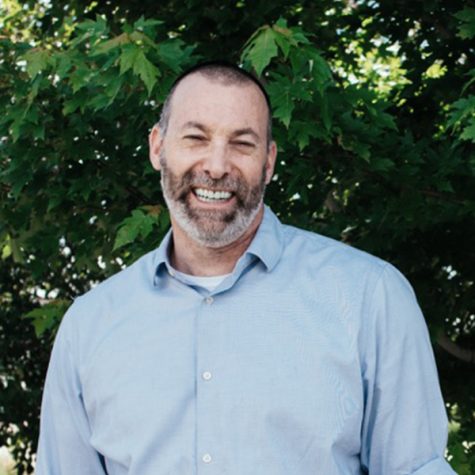
Dr. Michael Milobsky owner of Pediatrics at the Meadows posing outside of his practice. Milobsky often treats adolescents.
“Parents often lack insight into how their own behavior is sabotaging the relationship with their child. Most parents have difficulty seeing how the way they engage/interact with their child creates an atmosphere where, more often than not, their teenager feels misunderstood. With that, the child will be far less likely to feel ‘safe’ coming to parents to express fear, uncertainty, emotional difficulty, etc.,” says Dr. Milobsky.
With the world of social media being as ubiquitous as it is today we find our teens becoming swallowed by it. Although it might seem like people are more connected than ever, they aren’t; they’re isolating themselves behind a screen. Teens, rather than going to their parents with problems, are instead turning to social media.
“Parents have to retool the relationship pattern with their teenager away from the same tendencies that we used when they were 7-8 years old,” says Dr. Milobsky.
“Nothing is more terrifying than an angry person who feels alone,” says McGillicuddy. And with the toxicity that spews from social media and cyber-bullying, thinking that they have nowhere to turn for help, someone could be driven to the ultimate low point. This isolating mindset can be dangerous.
Today we like to think our children are safe in schools, but data suggests otherwise. According to Motherjones.com’s database, deaths from mass shootings nearly tripled and those injured from those events have nearly quadrupled since 1999. It’s obvious that a change needs to be made in our schools and in our homes.
A far as Columbine High School is concerned, we cannot assume that just because they had a shooting means they are immune to another one. Former principal Frank DeAngelis offers this– “We have better systems in place. We have threat assessment teams in place. We have anonymous tip lines. Schools are safe; however on any given day…”
It’s a jarring thought, knowing that your children may not come home from school. But we must use those strong emotions to advocate for a change in our current systems. Along with safer gun laws we need to exterminate the stigma of “manning up” and “just dealing” with problems. Opening up and becoming vulnerable is what starts the process of healing mental wounds. Being open to helping others and showing respect for one anothers fragile state is a great place to start.
 Image via Dylan Boxer
Image via Dylan Boxer
-
- A plaque within the Columbine memorial in Littleton Colo. that quotes a parent of a student from Columbine high school on Apr. 18, 2019. The memorial pays tribute to the 13 victims and their families.
.
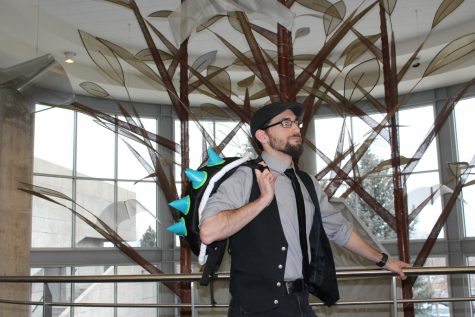
A veteran to the Arapahoe Pinnacle, editor Dylan Boxer is known for his quick wit and lightheartedness within the publication. When his not writing you can usually find him outside on his long-board or inside working on his next cosplay....



